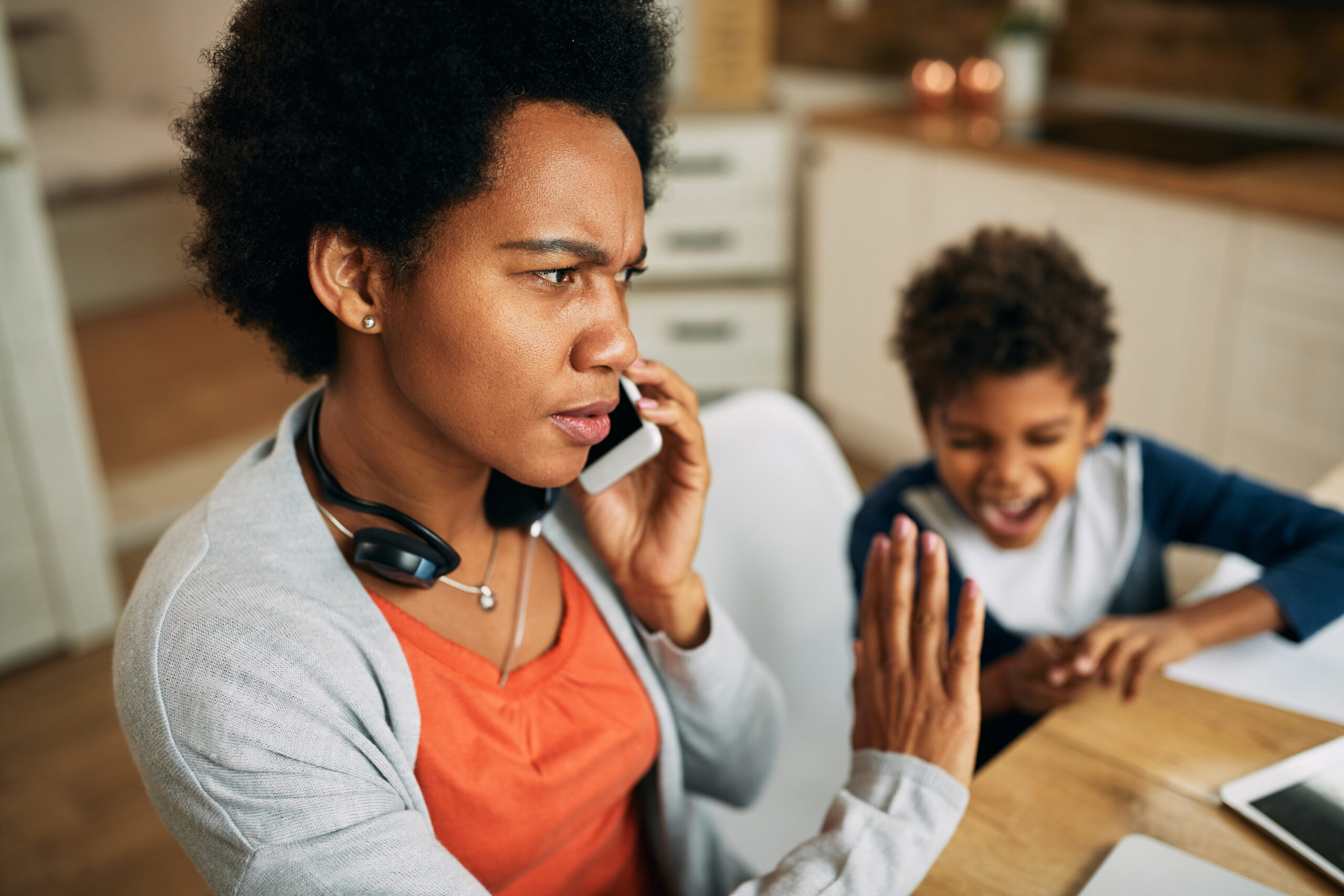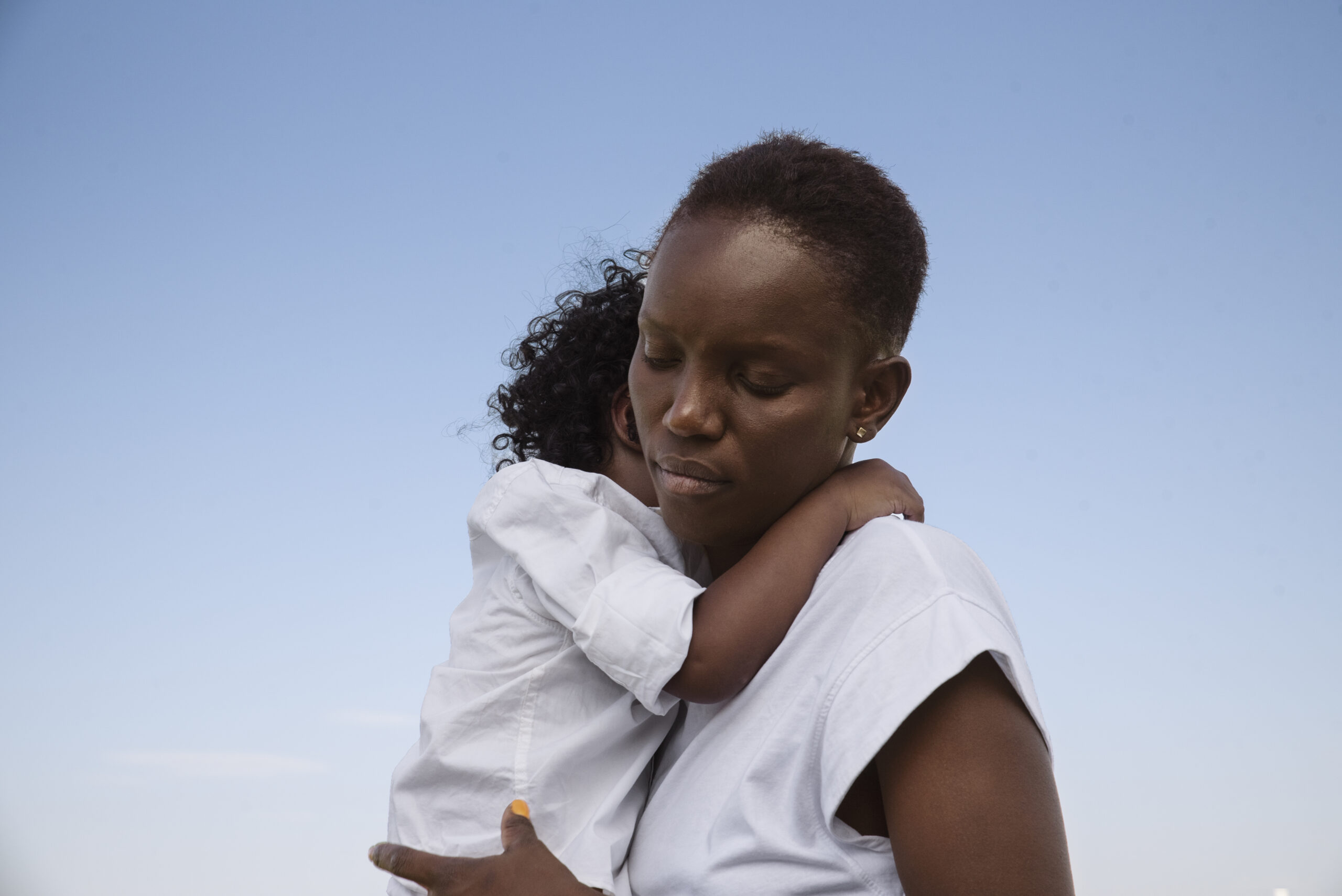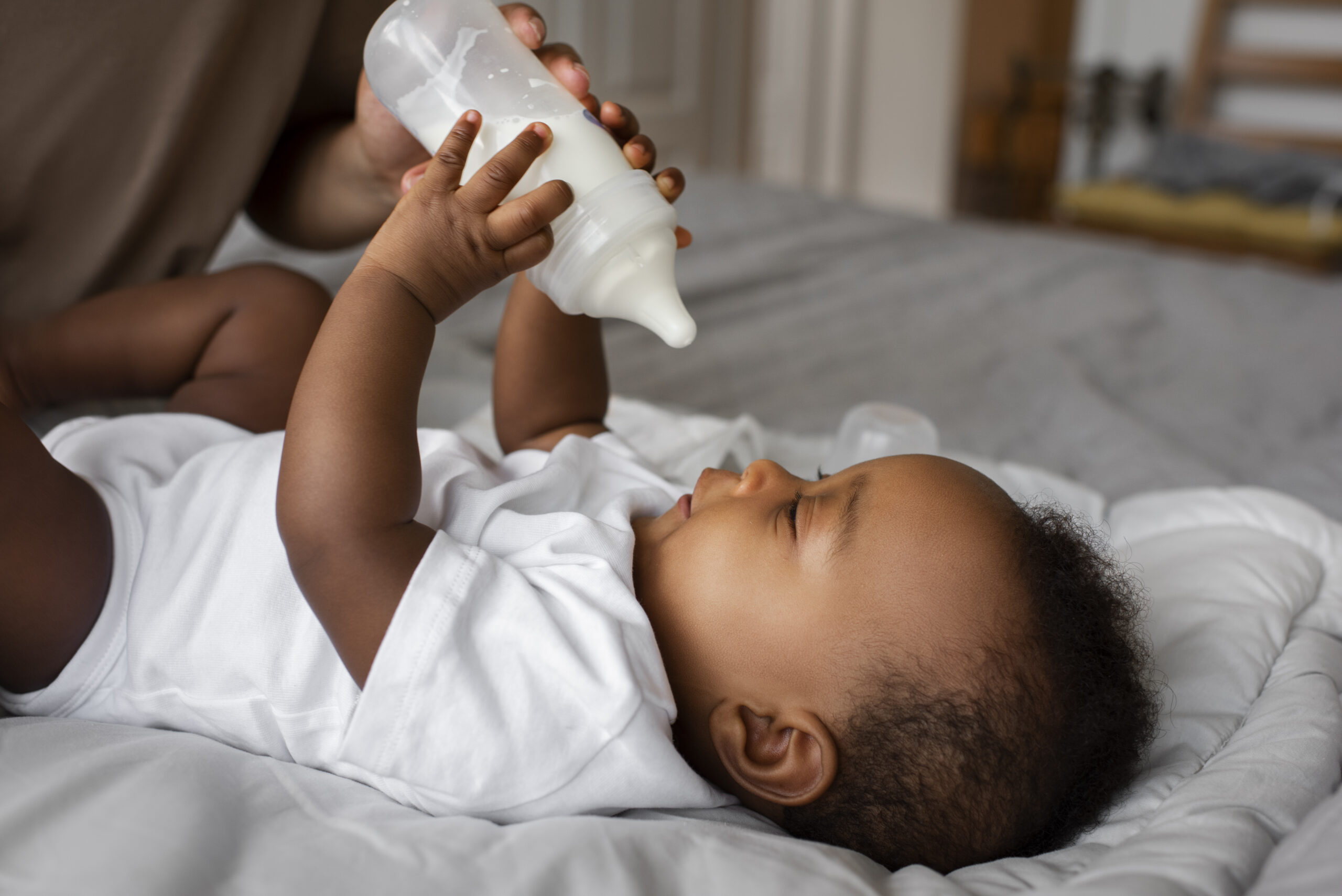Crawling May Reduce a Baby's Risk of Asthma – STUDY
No matter how clean your house is, indoor floors, particularly carpets, are filled with biological material—the stuff that dust is made of. Now scientists have found that crawling babies kick
No matter how clean your house is, indoor floors, particularly carpets, are filled with biological material—the stuff that dust is made of. Now scientists have found that crawling babies kick up high levels of the particles, and as a result inhale four times what an adult would breathe (per kilogram of body mass) while walking across the same floor.
Crawling babies create a dust cloud
For their study, researchers at Purdue University created a robotic baby to move along carpet samples taken from actual homes.
“Our goal was to study how the crawling motion of a baby stirs up microbes [the tiny bio particles] and dust from carpets, and to evaluate the resulting inhalation exposures,” study author Brandon Boor, an assistant professor of civil engineering and environmental and ecological engineering, tells Parents.com.
“Babies’ crawling motion agitates the settled dust particles that accumulate in the carpet and releases them into the air.”
The scientists found that concentrations of the particles in the cloud of dust around the baby was up to 20 times higher than the level elsewhere in the room. These particles consist of skin cells, bacteria, pollen and fungal spores. “This is the first study to show that crawling infants are exposed to significant concentrations of re-suspended biological particles, and that many of these particles deposit in the lower airways of their of respiratory systems,” Boor says.
“Their exposures are amplified due to the close proximity of their breathing zones to the floor.”
Could dust build immunity?
Before you worry you’re not keeping your house clean enough, Boor says babies inhaling the stuff could actually be a good thing. Previous research, including a 2014 study from Johns Hopkins Children’s Center, has shown the more young babies are exposed to certain allergens, the more likely they are to build immunity to them.
“Many studies have shown that early-childhood inhalation exposures to airborne microbes, such as bacteria and fungi, and allergens, such as pollen, mite and animal allergens, can play a significant role in both the development of—and protection against—asthma, hay fever, and allergies,” Boor says. Babies exposed to more dirt with a higher diversity of microbes have lower rates of asthma later on, he says. This supports the “hygiene hypothesis,” which suggests you shouldn’t keep things too clean, because a sterile environment doesn’t allow the immune system to develop and strengthen.
A followup study will be published later this year on how vacuuming affects how much dust babies inhale. “We have found wide variation in the efficacy of vacuuming in reducing exposures,” he says of the upcoming paper.
So what’s a parent to do—do you clean your house or not? It’s probably best to keep your home at a reasonable level of cleanliness, but don’t stress if you don’t always have time to vacuum—it actually might be good for your kid to have a little roll in the dirt.
ARTICLE SOURCE: PARENTS.COM




